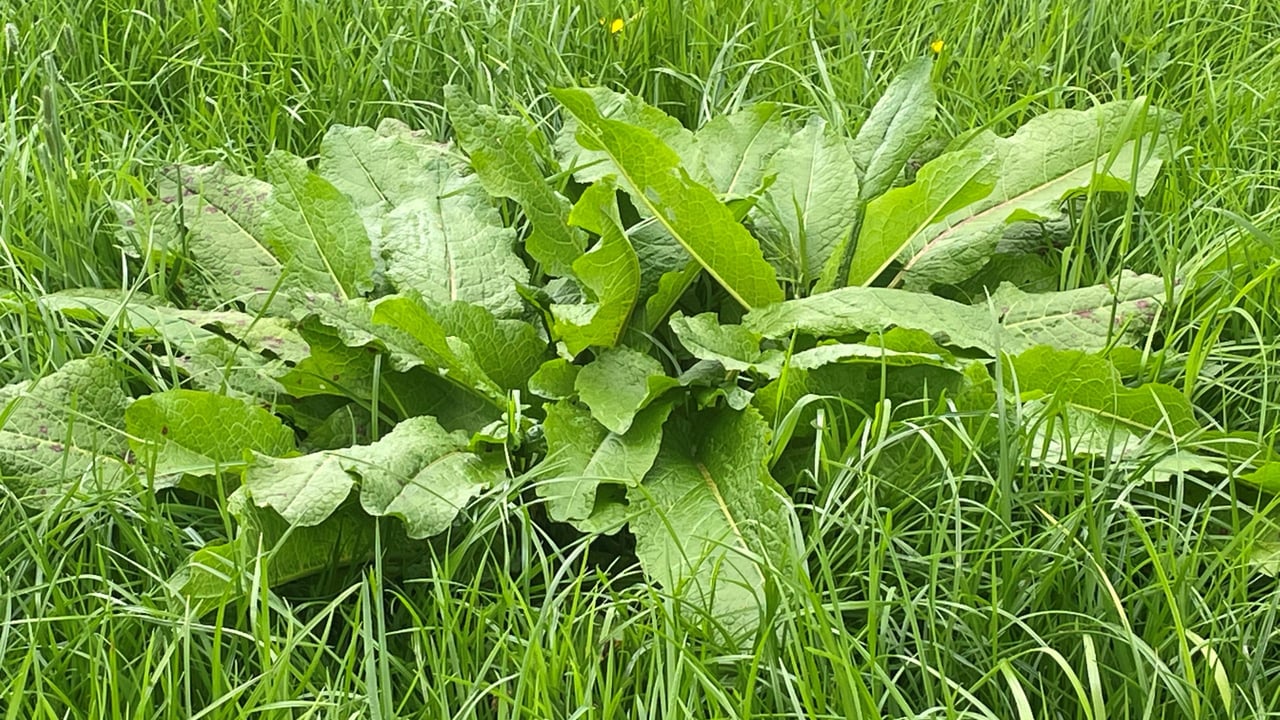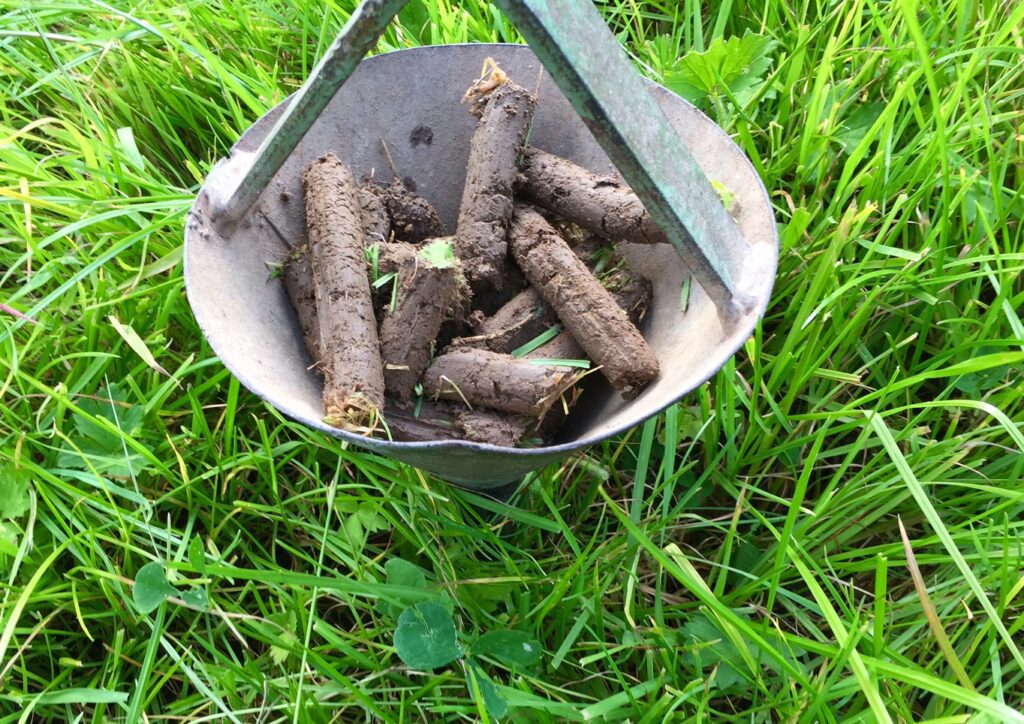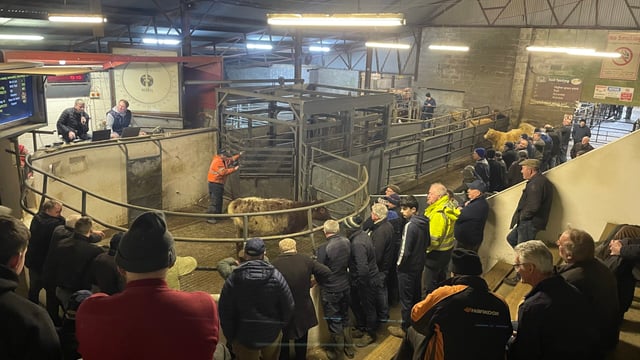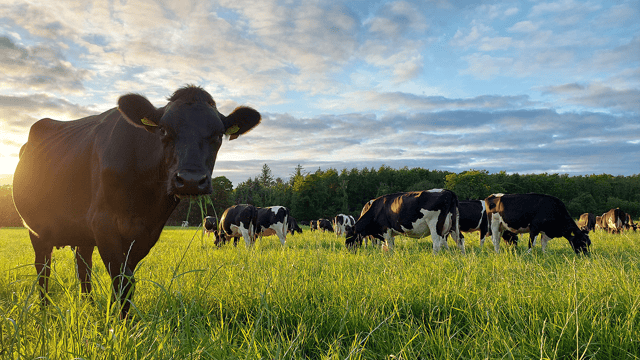Is integrated pest management the way to go with docks?
2025 was a relatively good year for grass growth, which also means it was a good year for the growth of weeds such as docks.
Like all perennial weeds, docks are extremely difficult to control once they get going due to their deep roots and persistent characteristics.
If the proper management is not put in place, docks will continue to flower and spread seed until grassland productivity is severely limited.
One of the best ways to control docks is actually through good grassland management and integrated pest management techniques.
The Sustainable Use of Pesticides Directive advises integrated pest management to be carried out through methods such as liming, crop rotation, drainage, and good cultivation techniques.
When done correctly, integrated pest management can be far more cost effective than using pesticides, which are often used on a regular basis if a farm has an infestation.
Controlling docks
When deciding whether you are going to use chemicals to kill off the docks or if you are going to go with integrated pest management, there are several factors to consider first:
- The level of dock infestation and other weeds;
- Stocking rate;
- Fertiliser application and type;
- Soil sample analysis;
- Silage cutting;
- History of treatment and products used;
- Poaching and supplementary feeding;
- Slurry application;
- Grazing management;
- Drainage.
These considerations should help a farmer decide which method to use, with many farmers often deciding to use both in tandem.
When chemicals are used to control docks, they are often applied via blanket spraying, however this could potentially stunt grass or kill off clover depending on the product used.
The best time to spray chemicals is usually just before the stems are formed, when there are plenty of leaves to act as surface area and absorb the chemicals (the dock should be roughly the size of a dinner plate).
Integrated pest management
A lot of farms may experience issues with docks in old pastures, however, a good reseed can help to sort this issue.
By maintaining a dense and leafy grass sward, it will leave docks with limited space to emerge and will therefore end up smothering the weeds.
When following this method, it is also important to avoid poaching and overgrazing as the dock seed needs light, air, and plenty of nutrients to get established.
It is usually preferable to reseed in spring rather than autumn to avoid the dock emerging, as the grass seed establishment is typically supported with better weather in the spring months moving into summer.
When reseeding, spray off the paddock with glyphosate to kill any established docks and allow adequate time for the plant to die before moving on.
Once all the docks are dead, the field can be ploughed, then harrowed or cultivated, followed by the sowing of a sward variety able to compete with docks in pasture establishment.
Ensure to take soil samples from the field after ploughing to asses what nutrients are lacking in the form of phosphorus (P), potassium (K), and lime.
Meticulous post-sowing management is then needed to ensure docks are controlled and do not re-emerge, which would effectively make the reseed pointless in regards to dock control.
When a field is infested with docks, there can be thousands of seeds in the soil that glyphosate can not kill. Roots can also survive the reseed, and then grow into a number of new plants.
Therefore herbicides should be used approximately six weeks post-reseed to target any docks or other weeds before they reach 10cm in height.
After reseeding you must still be alert, especially with silage.
Aim to cut silage in May/June to prevent the establishment of the docks, and if possible rotate silage fields every 3-4 years to prevent them becoming too open and therefore susceptible to an infestation.
Even if all of these steps are followed, the possibility remains that dock seeds may be in silage and returned to fields via slurry or dung.
Typically, silage produces an acid during fermentation which kills any dock seeds; however grass that is well wilted preserves at a higher pH, meaning it is not as acidic and may not kill off the seeds.






